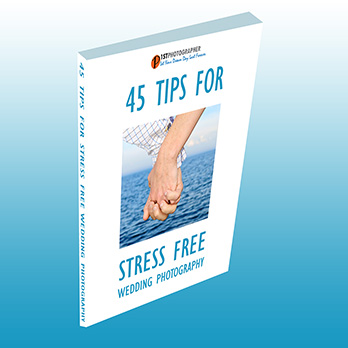Part 2:Understanding Lighting Color
Lighting contrast is the topic of the third part in this series on photographic lighting. A light source has high lighting contrast if all of its rays strikes the subject at nearly the same angle. A good example is direct sunlight on a clear day. A high contrast light casts well defined shadows.
A low contrast light source is one from which light rays strikes the subject from all different angles, thereby filling in any hard shadow. Absence of a hard shadow means lower contrast light, such as sunlight with cloud cover or indirect light coming through the window in a room. On a partly sunny day, you could see the contrast of light changing frequently, by observing the shadows as they become harder or softer or even completely dissolve.
Direct overhead light such as mid-day sun is difficult to work with and usually not desirable for photographing people since the high contrast together with overhead position casts deep shadows under eyes and necks. However you can take a photograph when a cloud passes over the sun thereby reducing contrast and removing those shadows or using reflected light by placing your subject in the shade. The time of day also plays a part: lighting contrast is less during early morning and late afternoon. High contrast light creates high tonal contrast. As you know, as tonal contrast increases, we progressively lose detail across the tonal range.
High contrast light – in this case almost contre jour – is suitable for the outdoor portrait of the man at the Washington Square Park in New York City. The sun was pretty high up and created hard shadows across the well defined features of his face. The shadows was just about adequately filled in by light reflected from the ground. The next shot is that of a young woman at the same park on a different day. I took advantage of cloud cover which reduced lighting contrast to make the light suitable for this portrait. The shot of mother and child was taken outdoors on a sunny day but in shade and the shade reduced the lighting contrast. But there was enough reflected light to create nice highlights. The baby was photographed indoors in available light through the window. On a sunny day the indirect light coming through window creates beautiful lighting contrast. By now, you know that the choice of lighting contrast depends on the subject and type of image you are creating. I hope you will agree that high contrast light that produces hard shadows would not be suitable in any of these shots except the first one.
For a single light source, the size of the light source is the primary factor influencing lighting contrast. But lighting size is a topic in itself, covered in the next part in this series.





